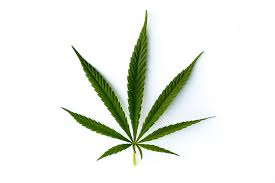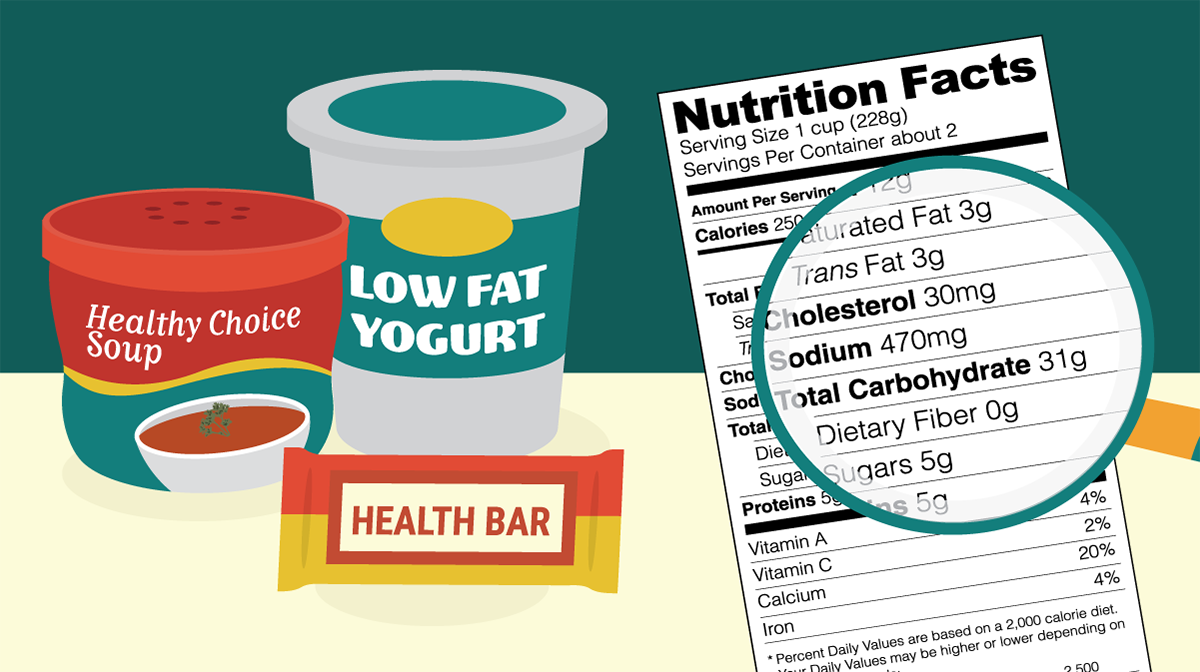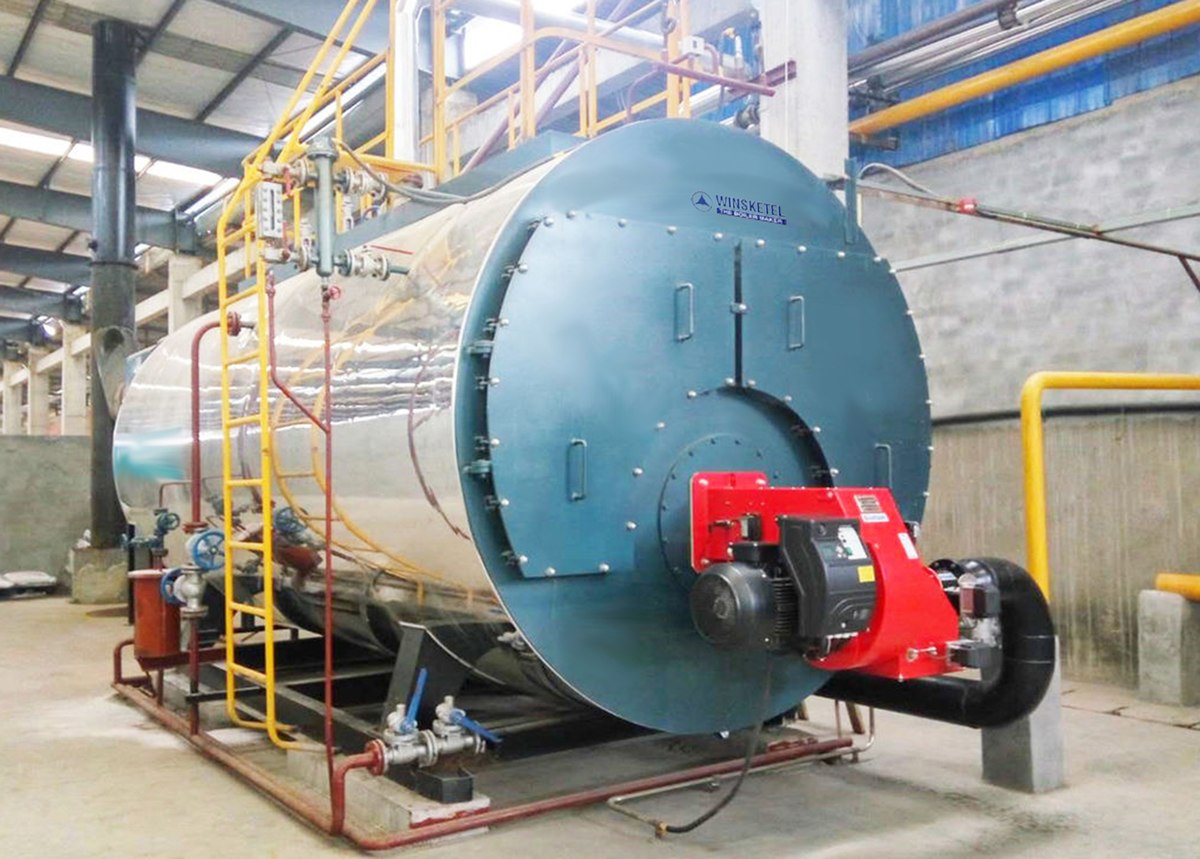Currently Empty: ₹0.00
Hemp, An Unsung Hero
All Cannabis are not equals
More popularly known as industrial hemp, hemp is a plant variety that belongs to the cannabis genus named Cannabis sativa. There are three types of Cannabis: Cannabis sativa, Cannabis indica, and Cannabis ruderalis. Cannabis in drug form comes from Cannabis indica while Industrial Hemp comes from a Cannabis sativa strain.
Are Hemp and Marijuana the same?
All strains of cannabis contain THC which is a psychoactive compound. Recreational cannabis, also known as marijuana, contains more than 10% THC (tetrahydrocannabinol) and Hemp contains a very low level of THC (tetrahydrocannabinol) less than 0.3 %. Both hemp and cannabis also contain cannabinoids such as CBD(Cannabidiol), Cannabidivarin (CBDV), Cannabigerol (CBG), and others.

Unfortunately, Industrial hemp is one of the most misunderstood products due to its similarities with the narcotic/medical type of Cannabis (Marijuana). The core agricultural differences between medical cannabis and hemp are largely in their genetic parentage and cultivation environment. Hemp has completely different functions and applications than marijuana.

Hemp as a source of sustainable superfood
Consumers are becoming conscious about the health of their bodies as well as of the environment. Since the outbreak of the pandemic, the focus on sustainable and vegan sources of food has increased even further. This is where Industrial Hemp is coming up as a key player. It requires very little water and can be harvested over three months.
According to one research done by the University of Hohenheim, “The seeds have up to 25% protein, which is almost equivalent to egg whites, also has a complete set of amino acids”, They also described hemp protein as a “product that is easy to digest and has a desirable, chewy, meat-like texture that makes your mouth feel like you are biting meat.”
Nutritional information
- Most researches show that Hemp Seed protein contains a complete set of EAA (Essential amino acids) required by the human body.
- The most abundant of all EAA is glutamic acid (3.74–4.58% of whole seed) followed by arginine (2.28–3.10% of whole seed).
- Nutritionally hempseed is highly digestible, has a good profile of EAAs required for infants similar to those of casein except for lysine which is the first limiting amino acid in hemp seed proteins
- Hemp seeds are a great source of essential fatty acids, such as alpha-linolenic acid (ALA), which is an omega-3 fatty acid. In general, people tend to eat too many omega-6s and too few omega-3s. But adding hemp seeds to the diet may help to promote a balance.
- Hemp seeds contain an impressive array of vitamins and minerals and are especially rich in vitamin E, Magnesium, phosphorus, and potassium.
According to the USDA, 100g of hemp contains the following nutritional profile:
| Name | Amount |
| Energy | 553 kcal |
| Protein | 31.6 g |
| Carbohydrate | 8.67g |
| Sugars | 1.5g |
| Total dietary Fibre | 4g |
| Calcium | 70mg |
| Iron | 7.95mg |
| Magnesium | 700 mg |
| Phosphorus | 1650mg |
| Potassium | 1200mg |
| Sodium | 5 mg |
Special Precautions and Warnings
- Pregnancy and breastfeeding: There isn’t enough reliable information to know if hemp is safe to use when pregnant or breastfeeding. Researchers have advised maintaining caution.
- Children: There isn’t enough reliable information to know if hemp is safe for children. The hemp seed oil has caused rare cases of sleepiness and bloodshot eyes in children.
- Cannabis allergy: People who are allergic to cannabis might also be allergic to hemp. Use hemp with caution if you are allergic to cannabis.
Recent regulations for Hemp
INDIA
In a notification, published on 15th November 2021, FSSAI has notified that hempseeds, hemp oil, and seed products are among the other edible items approved as food under the Food Safety and Standards (Food Products Standards and Food Additives) Fifth Amendment Regulations, 2021.
The parameters such as the total levels of THC (tetrahydrocannabinol), CBD(Cannabidiol), and other cannabinoids along with direction for labeling of hemp seeds and seed products are also a part of this notification.
Hemp products, however, shall not be intended for administration to infants up to the age of 24 months.
USA
In December 2018, the Agriculture Improvement Act of 2018 (also known as the Farm Bill) removed hemp from controls under the CSA (Controlled Substances Act). This change in the law may result in a more streamlined process for researchers to study cannabis and its derivatives, including CBD, that fall under the definition of hemp, a result that could speed the development of new products containing hemp.
European commission
The European Commission has set levels of delta-9-tetrahydrocannabinol (Delta-9-THC) in hemp seeds and derivatives. The levels have been set at 3.0 mg/kg for dry products (flour, proteins, seeds, snacks) and 7.5 mg/kg for hemp seed oil.
Hemp market analysis
According to a report published by Grand View Research in February 2020, the global industrial hemp market size was estimated at USD 4.13 billion in 2021 and is expected to grow at a compound annual growth rate (CAGR) of 16.8% from 2022 to 2030. The Asia Pacific dominated the industrial hemp market with a share of 32 % percent in 2019. The key factors driving the industrial hemp market growth include the growing demand for hemp oil and fibers in the automotive, construction, food and beverage, personal care, and textile industries.

The lack of awareness is one major problem faced by all hemp organizations. The common perception of industrial hemp is primarily associated with narcotic properties. The solution to this problem is for the cultivation of hemp to be made easy and government policies will also aid in the process to unlock the full potential of hemp in all sector.









